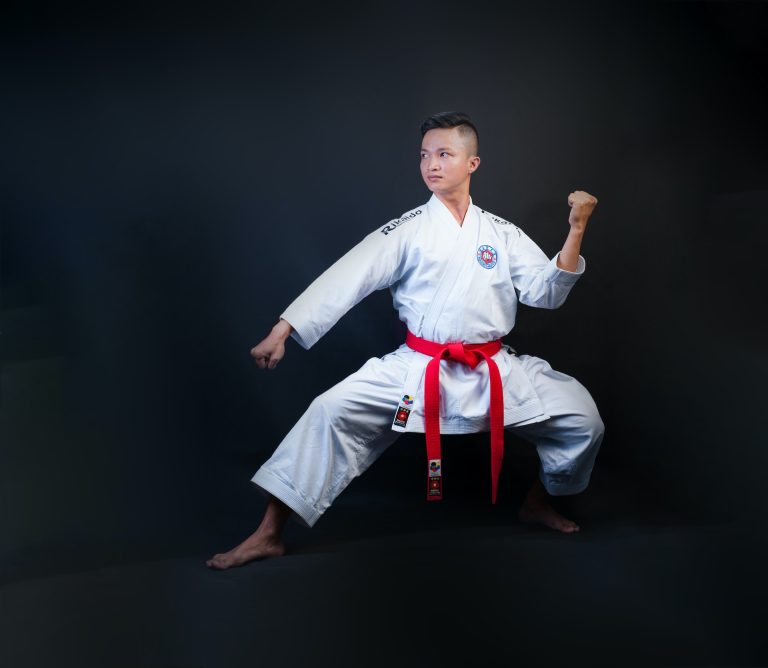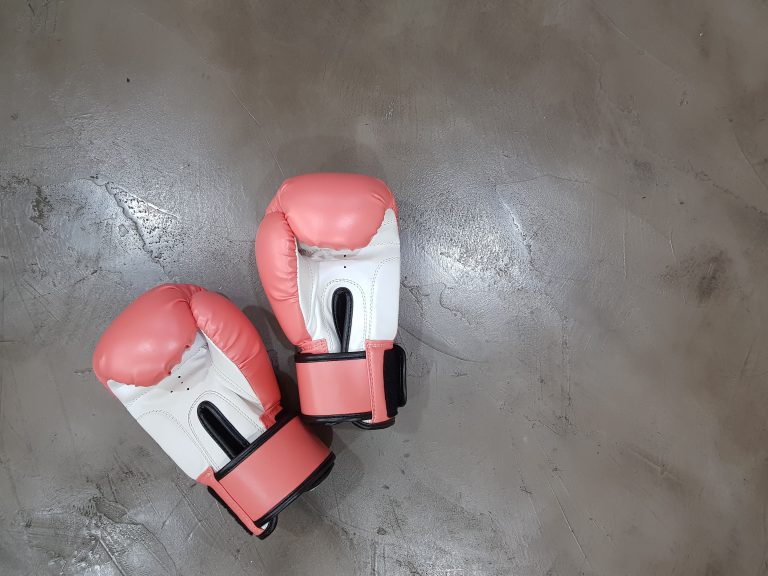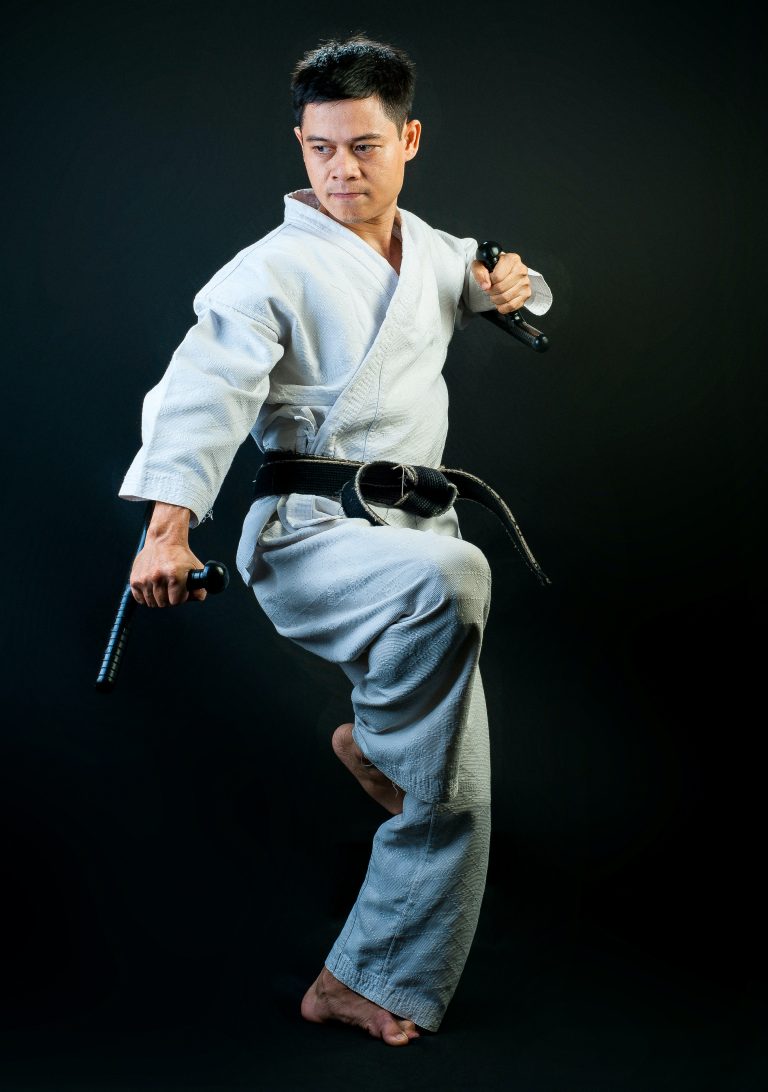How Do Karate Belts Work: The Ultimate Guide
Karate is a popular Japanese martial art that has been around for centuries. It involves a combination of physical and mental training, including combat techniques, self-defense, meditation, and discipline. One of the distinguishing features of karate is the use of belts to signify rank and accomplishment. In this post, we’ll explore how karate belts work, their meaning, and the process of advancing through the different levels.
The Origin of Karate Belts
The use of belts as a way of signifying rank in martial arts was first introduced in Judo, a related martial art, in the late 19th century. The concept of colored belts started in the early 20th century as a way to indicate the level of experience and skill of a student. The system was later adopted by other martial arts, including karate.
The Different Levels of Karate Belts
In karate, there are typically ten levels of belts, each signifying a level of proficiency and mastery of the art. The order of the karate belts, from lowest to highest, is as follows:
1. White Belt – This is the starting level, indicating that the student is a beginner.
2. Yellow Belt – This level is achieved after about 2-3 months of training and generally signifies that the fundamental techniques have been mastered.
3. Orange Belt – This level is achieved after about 6 months of training and signifies that the student has learned basic self-defense techniques.
4. Green Belt – This level is achieved after about a year of training and indicates that the student has demonstrated proficiency in basic karate techniques.
5. Blue Belt – This level is achieved after about two years of training and indicates that the student has reached an intermediate level and has mastered more complex techniques.
6. Purple Belt – This level is achieved after about three years of training and indicates that the student is now an advanced student with a deep understanding of the art.
7. Red Belt – This level is achieved after about four years of training and is typically awarded to those who have made significant contributions to the art of karate.
8. Brown Belt – This level is achieved after about five years of training and indicates that the student is becoming a master of the art.
9. Black Belt – This level is the highest achievable rank and indicates that the student has gained a deep understanding of the art and has become a master.
10. Dan Belts – These are advanced black belts, reserved for those who have dedicated their lives to the practice of karate.
How Do You Advance Through the Karate Belt System?
Advancing through the karate belt system requires dedication, hard work, and patience. Each level requires mastery of specific techniques and proficiency in the art. When a student feels ready to progress to the next level, they will be assessed by their instructor. The evaluation usually includes a demonstration of the student’s skills in front of a panel of judges or a grading board.
What Is the Criteria for Advancing Through the Karate Belt System?
The criteria for advancing through the karate belt system varies depending on the school or organization, but generally, there are several key factors that are considered:
1. Technical proficiency in both basic and advanced techniques.
2. Knowledge of the history, philosophy, and principles of karate.
3. Physical fitness and conditioning.
4. Attitude, including respect, discipline, and dedication to the art.
How Do Karate Belts Work?
Karate is a martial art that originated in Okinawa, Japan, in the early 20th century. One of the most recognizable aspects of karate is the system of colored belts, which represent a practitioner’s rank and experience. This belt system is an important part of karate culture, but it can be confusing for beginners. In this blog post, we will answer some of the most frequently asked questions about how karate belts work.
What is the Purpose of Karate Belts?
The purpose of karate belts is to signify a student’s progress and level of experience within the martial art. The belt system is used to motivate students and provide them with tangible goals to strive towards. The colors of the belt also help instructors identify the level of experience of their students and design training programs accordingly.
What are the Different Colors of Karate Belts?
The colors of karate belts vary depending on the school or organization. However, in general, there are six to eight colors of karate belts. The most common colors are white, yellow, orange, green, blue, brown, and black. Some schools also use red, purple, and even striped belts to signify intermediate ranks.
What is the Order of Karate Belts?
The order of karate belts usually starts with white and progresses to black. The exact order and number of belts can vary depending on the martial arts school or organization, but the following list is a general progression of the most common karate belts:
– White Belt
– Yellow Belt
– Orange Belt
– Green Belt
– Blue Belt
– Brown Belt
– Black Belt
How Do I Advance to the Next Belt?
Advancing to the next belt in karate requires time, dedication, and consistent training. Each martial arts school or organization has its own specific requirements for advancing in rank. In general, students are required to attend a specific number of classes, demonstrate proficiency in basic techniques and specific forms (katas), and pass a rigorous examination or test.
What is the Highest Level of Karate Belt?
The highest level of karate belt is the black belt. However, there are different levels of black belts that signify mastery of the martial art. These higher levels are often denoted by stripes, degrees, or other symbols on the black belt.
Does Everyone Who Trains in Karate Obtain a Black Belt?
No, not everyone who trains in karate will obtain a black belt. Advancement in rank is based on a student’s dedication, skill level, and time spent training. It can take several years of consistent training to earn a black belt in karate, and not all students choose to pursue this high level of achievement.
What Should I remember About Karate Belts?
Karate belts are an important part of the martial art’s culture and tradition. Understanding the progression of belts and what each color represents can help you set goals and track your progress in your training. While it may take several years to achieve a black belt, the journey is just as important as the final destination. Focus on training consistently and with dedication, and you will progress through the ranks in due time.
How Does Karate Belts Work?
If you are interested in learning karate, you may have heard about the various colored belts that are used to indicate a person’s rank or level of expertise in the martial art. These belts are more than just a fashion accessory; they serve a crucial role in the structure of karate and help to mark a person’s progress towards mastery.
In this guide, we’ll take a closer look at how karate belts work and what you can expect as you progress through the ranks.
What Are Karate Belts?
Karate belts are long strips of cloth that are worn around the waist to indicate a person’s rank in the art. They come in a variety of colors, each of which represents a different level of expertise. The traditional colors are:
- White
- Yellow
- Orange
- Green
- Blue
- Purple
- Brown
- Black
Each level or rank is called a kyu or a dan, depending on the system being used. The first four levels are kyu ranks, and the remaining levels are dan ranks.
How Do You Progress Through the Ranks?
To progress through the ranks of karate, you typically need to train with a qualified instructor, attend regular classes, and practice your skills regularly. Your progress will be assessed by your instructor, and you will need to demonstrate your knowledge and ability to perform specific techniques to pass each level.
Most systems require students to pass a formal examination to move up to the next level. Your instructor will typically give you a list of techniques or forms that you must demonstrate for each rank, and you will need to perform them to a high standard to pass.
What Are the Benefits of Progressing Through the Ranks?
Working towards a higher rank in karate can be incredibly rewarding. As you progress through the ranks, you will gain a deeper understanding of the martial art and develop your skills and abilities. You will also gain confidence, improve your fitness, and meet new people.
In addition to the personal benefits, progressing through the ranks can also open up new opportunities. If you reach a high level of expertise, you may be able to teach karate yourself or even compete at a national or international level.
Conclusion
Karate belts are an essential part of the martial art and provide a clear structure for students to progress through. By working hard and practicing regularly, you can progress through the ranks and gain a deep understanding of this fascinating art form.
Whether you are looking to improve your fitness, gain confidence, or take your skills to the next level, working towards a higher rank in karate can be an incredibly rewarding experience.
Inhaltsverzeichnis






